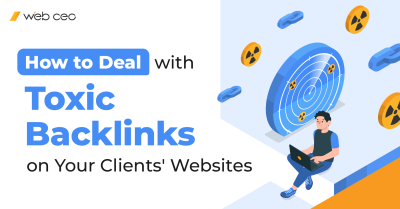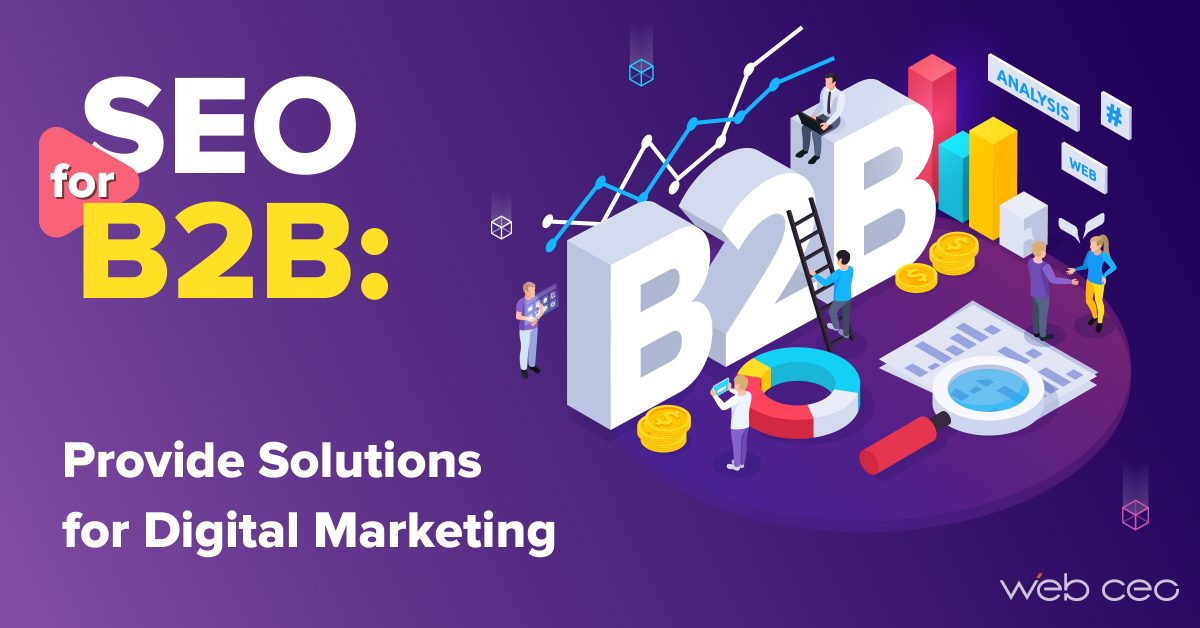
Every business and online brand needs a comprehensive and effective SEO strategy. It’s designed to offer a robust organic traffic and visibility generator that matches the various stages of the sales funnel. But accomplishing this in the B2B world has a different flavor than in B2C markets.
The consumer is generally the end user of a product or service, and marketing content can focus on the benefits and transformation the individual will receive. However, with B2B marketing and content, you’re appealing to a whole vertical channel of managers, directors, c-suite executives, and even shareholders.
You must sing a different tune to appeal to all the different levels of approval and get buy-in across each channel. The sales cycle is longer, and the content and connection required will be far deeper than a standard B2C campaign.
Consumers tend to buy “things” that solve their problems. Whereas businesses tend to invest in tools, systems, and teams to solve their problems. These campaigns will look differently, act differently, and pay off differently. Here are a few ways this will work out from a practical standpoint.
What Makes B2B SEO Unique
Simply knowing the difference between B2C SEO and B2B SEO is one thing. Understanding how this works out from the execution side is another matter entirely.
Different Keyword Strategies
B2B keywords will target more than just the end user if you target them at all. The line-level employee that has floated the idea to management that there needs to be more organization of customer files and processes won’t be the one who buys.
The director or owner will be looking for something that solves the company’s problem, not the line-level employee’s inconvenience. They will take a more precise, highly-focused approach to the search and may result in low-volume keywords and phrases.
Knowing what industry language your target buyer uses will help you filter through helpful keywords. If they’re lower in search volume, all the better! This reduces competition and creates a place for your brand to shine.
Work Harder For Conversions
Let’s face it; it’s fairly easy to sell to a consumer. They scroll, shop, and buy all the time. Depending on what you sell, a B2B customer may only buy what you sell one time or once every few years. That’s a much harder sale to make.
You will have to invest far more work and research into your content and marketing channels to earn their trust. You have to clearly communicate your “EAT”: the expertise, authority, and trustworthiness of your brand.
- Expertise
Prove that you know what you’re talking about on a deep, practical level by showing your experience and success. Maybe anyone can do what you do. Your job is to show how you do it better, faster, or more easily.
- Authority
Prove that you not only know what you’re talking about but you understand the nuances of how it impacts the industry as a whole. This is how you enhance the perception and credibility of your brand in the marketplace.
- Trustworthiness
A B2B buyer must believe that you can deliver what you say you will deliver. They’re taking large amounts of their hard-earned money, or someone else’s, that this is the solution they need. You must make them believe in you, your company, and your offerings.
Focus Is Shifted For B2B Content
Circling back to authority and trust, the focus of your website and off-page content should be directed at sealing the deal on these issues. Content that proves, without a doubt, that you’re an authority in your niche and that your methods, products, and team can be trusted to deliver.
Demand Gen Report conducted a survey where they polled more than 200 senior-level B2B marketers. They discovered that 41% of respondents report consuming between three and five different pieces of content before reaching out to a sales rep.
Those 200 industry experts also stated that 68% want to see B2B content organized by what obstacle it resolves, and 47% prefer case-study content.
Showcase happy client testimonials that make you the star of the show. Peel back the curtain and show a little of your process to relieve potential fears. Provide confidence-boosting case studies that turn ideas into hard facts.
Your content should focus on establishing your authority and trustworthiness by educating your target market in a way that helps them see your value and delighting them with your crucial solution.
B2B SEO Numbers
In a survey conducted in 2021 and carried out among search engine optimization (SEO) professionals across the globe, the number one most important element impacting SERP rankings was on-page elements such as meta titles and descriptions (32.8%). Second place was taken by the accuracy and depth of content the result contained (24.6%).
In a consumer insights piece Google put out, they revealed the following B2B related statistics:
- 89% of B2B researchers conduct online searches during the process;
- While 64% of the C-suite execs have final sign off, so do 24% of non-C-suite;
- 49% of B2B product research is done on a mobile device while at work.
B2B SEO Strategies
There are three basic elements to any SEO strategy but let’s see how they work for B2B brands.
#1 On-Page SEO
This is the vocabulary-driven element of SEO that encompasses the actual words and key phrases on your website. This could be page content, blog articles, FAQ pages, or any other on-page content.
Here is where you leverage your creativity to weave keywords and phrases into what your website talks about. This signals to the AI bots what you’re all about to aid in how they serve results to online searches.
The objective isn’t just to “use the right words” but to provide the highest-quality and most accurate content possible. Here’s a simple three-part outline to help you optimize your content for SERP rankings.
- Keyword research
When it comes to B2B SEO, there’s an important rule to follow. You need very specific long-tail keywords which describe what exactly your target audience wants. This is because your target audience aren’t your average customers – they are CEOs and other important decision makers in their companies.
Here’s an example: suppose you sell surgical tools and equipment. You want hospitals to place big orders on your site, but how do you make it happen? They need to know what exactly they are buying from you and if they can trust in the quality of your goods – after all, lives depend on it.
Which is why vague keywords like “surgical blade” won’t cut it (no pun intended). Choose keywords which speak to the expert who’s looking for your product. For example, instead of “surgical blade”, a better alternative would be “sterile surgical blade, stainless steel”. You can find plenty of valid B2B-friendly examples on websites like Amazon.
And from those examples, pick the ones which have the highest search volume (i.e. number of monthly searches). Find the keywords and sort them by this metric using the WebCEO’s Keyword Research tool.
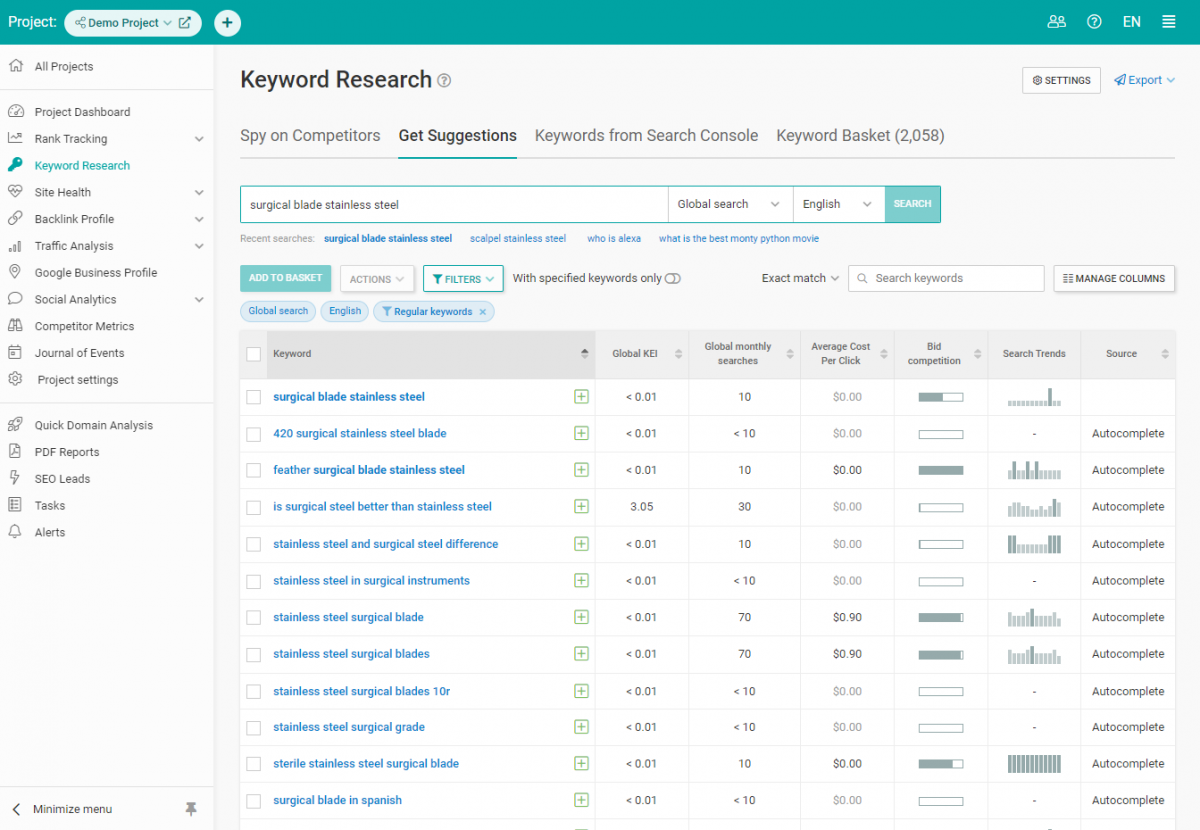
- Competitor research
Check out the top few results for those search terms that aren’t sponsored. Analyze what makes them better or more unique than the content that follows. And for an even more detailed analysis, check your most Dangerous Competitors in the WebCEO report with the same name.
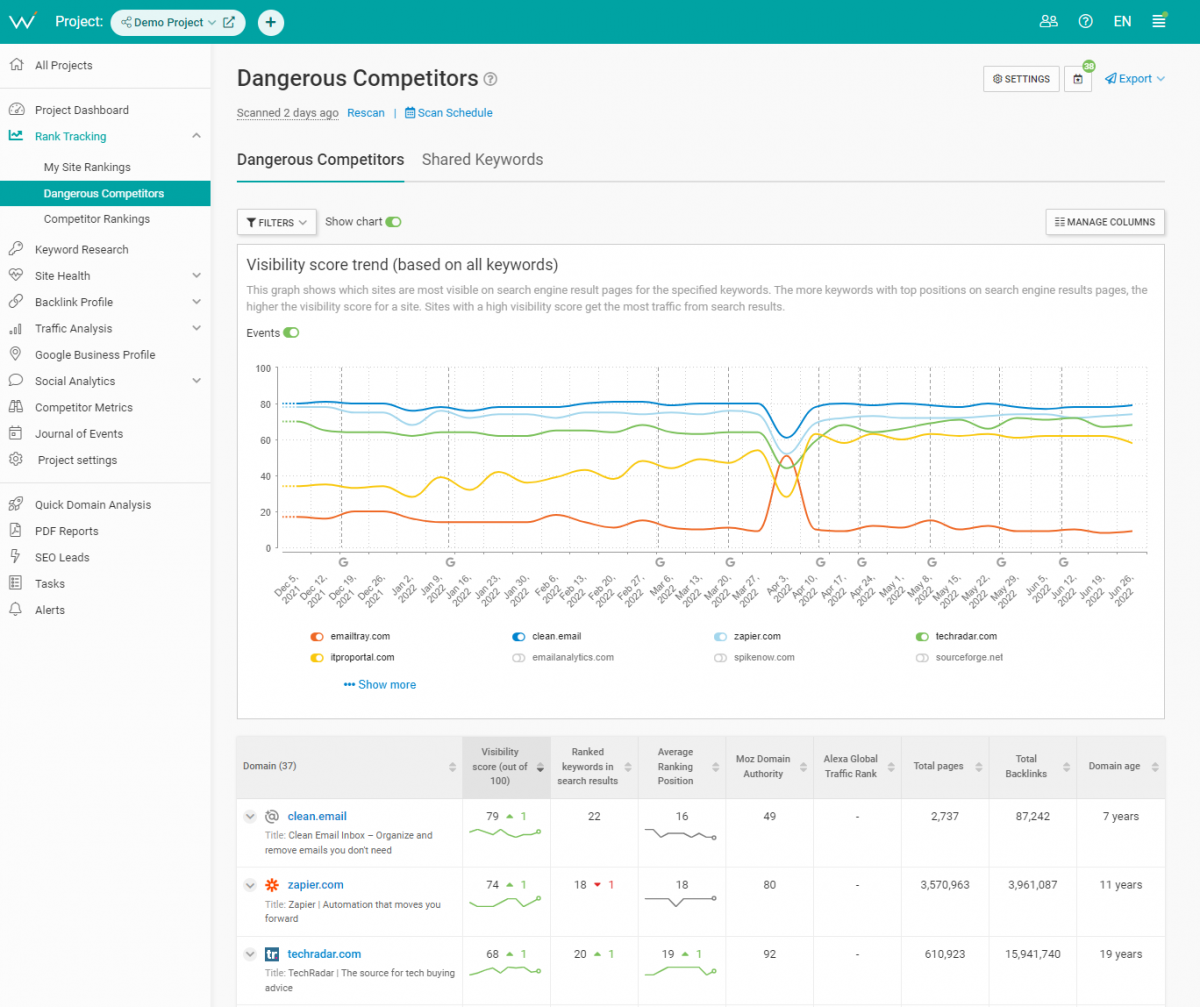
- Create better content
It’s time to get to work! Create content that outshines theirs. Use keyword variations. Use strong formatting and engaging graphics. Make it great!
#2 Off-Page SEO
Off-page SEO is your authority and credibility booster. Who are you digitally connected to? Leverage industry partners and connections to collaborate on content, build a good online thought leadership presence, and public relations to enhance your online credibility.
Backlinks tell the algorithm that other people also consider your content reliable and accurate. The AI bots are more likely to serve your website on SERPs when you have another credible website’s stamp of approval.
Put your networking skills to use and build strong relationships with other brands and adjacent markets to enhance your own authority. Approach this as a mutually beneficial partnership that can serve both brands over a long period of time.
Take a tour on the podcast circuit. Guest-post blog articles on their website. Collaborate on a virtual summit. Create a joint online community. Work together to offer content and resources your B2B clients will find useful. These are all incredibly powerful off-page SEO boosters.
#3 Technical SEO
These are the nerdy, code-driven, and behind-the-scenes SEO measures that are essential to effectively communicating with the search engines. Google’s job is to provide high-quality results to their searchers with as seamless a process as possible.
To do this, it will promote a better functioning website whose content is equal to yours over your own. If your pages load slowly or the navigation is clunky, you will drop in rankings. If the keywords aren’t strategically placed into the metadata and description or have a poor internal linking structure, your website could plummet in rankings.
Even if your content is excellent, but the structure of your website is poor, your rankings will suffer. Not to mention a B2B customer isn’t likely to be terribly impressed.
Here are a few strategic precautions you can take to prevent this from happening.
- Audit page loading
It should only take a maximum of a few short seconds for your page to fully load. If it’s longer, there’s work to do.
Test your site’s current loading speed – and do everything in your power to make it faster.
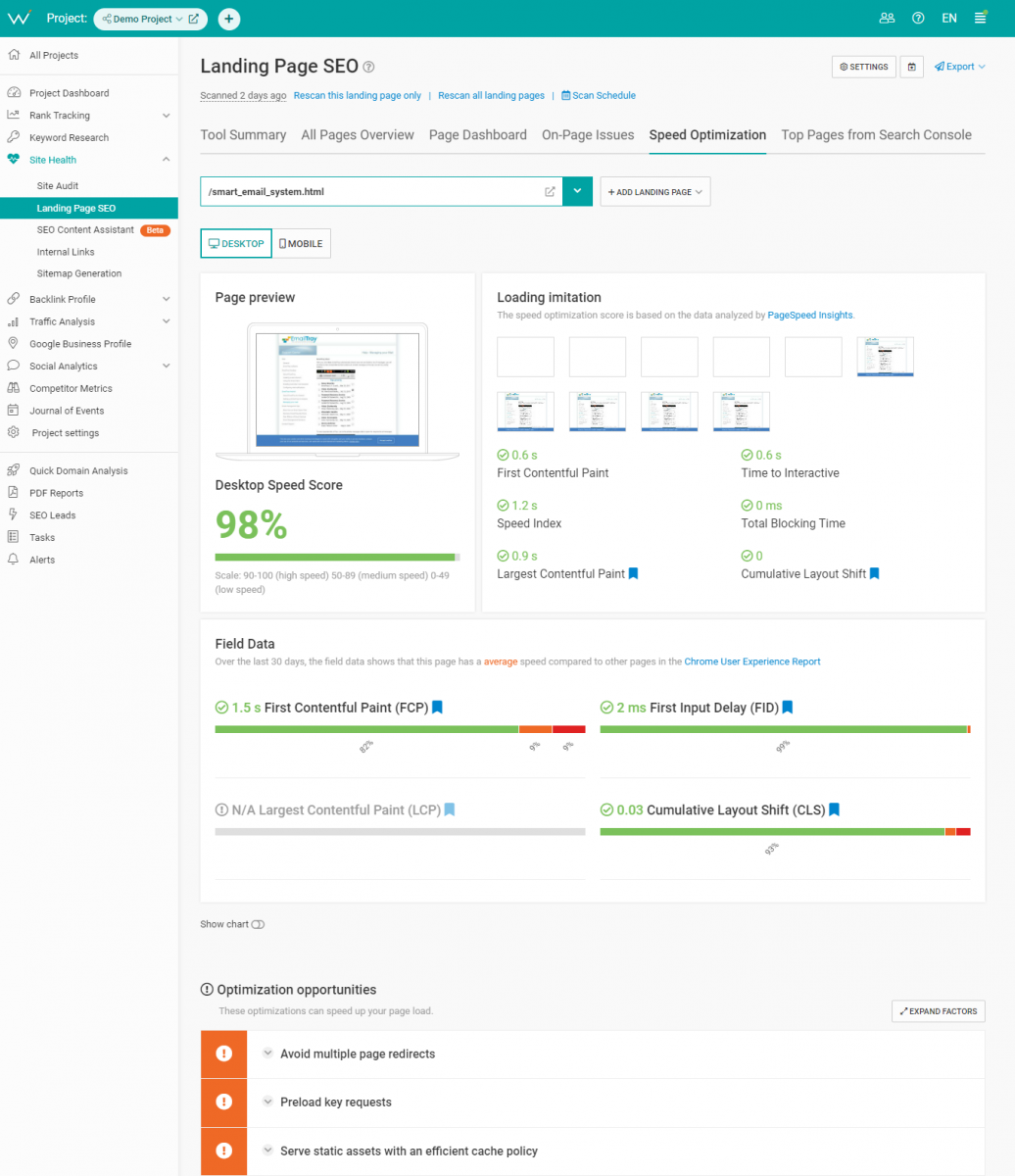
- Optimize for mobile
Check load times and content formatting to enhance for mobile use. WebCEO’s Mobile Optimization report is really helpful in times like this.
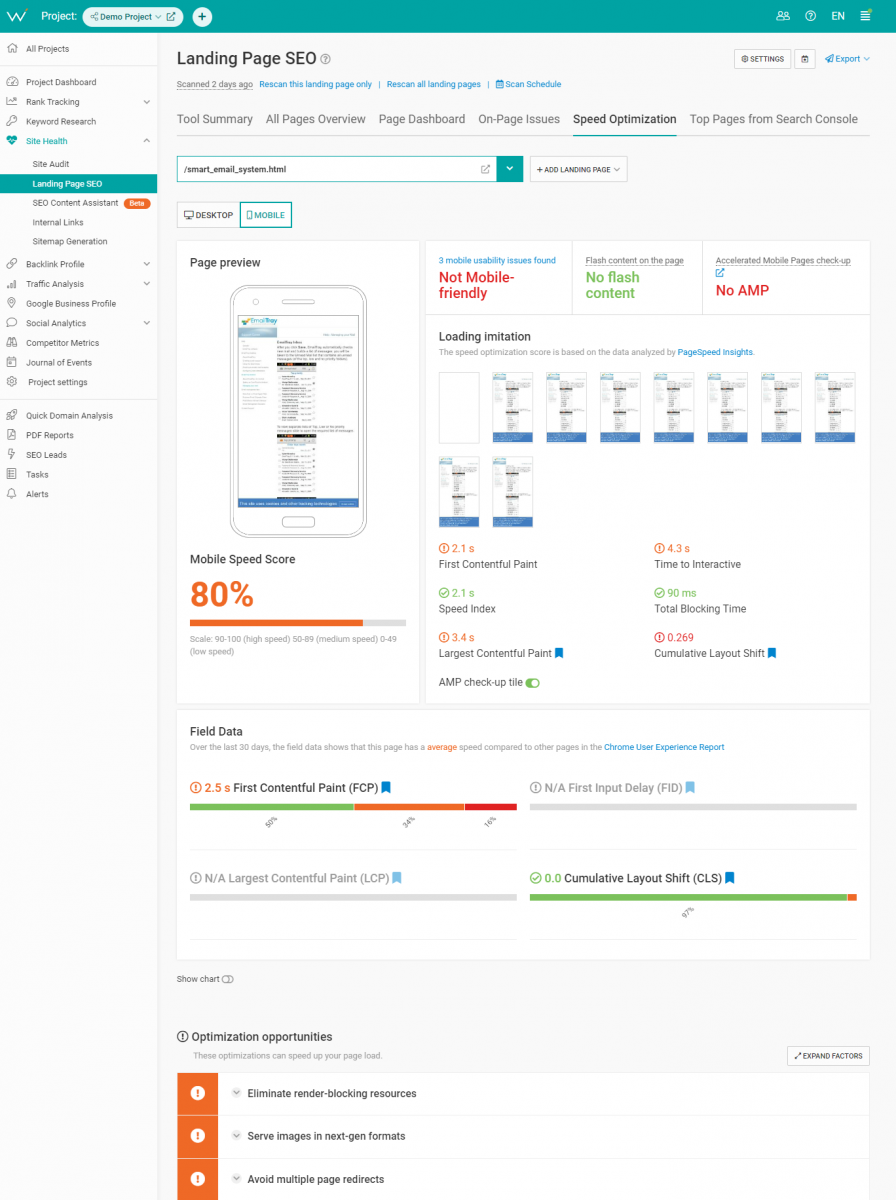
- Test navigation
How simple is it to get from point A to point B on your website? It should be easy to find and easy to do.
- Create a sitemap
This tells the bots everything your page has to offer so they can get a comprehensive view of what you’re all about. While you are still in the WebCEO platform, upload your sitemap using the Sitemap Generation tool.
- Check all your links
Track all the links on your website, internal and external, to ensure they’re still functioning and that they point to what they say they do. There are the Internal Links reports in WebCEO for the former…
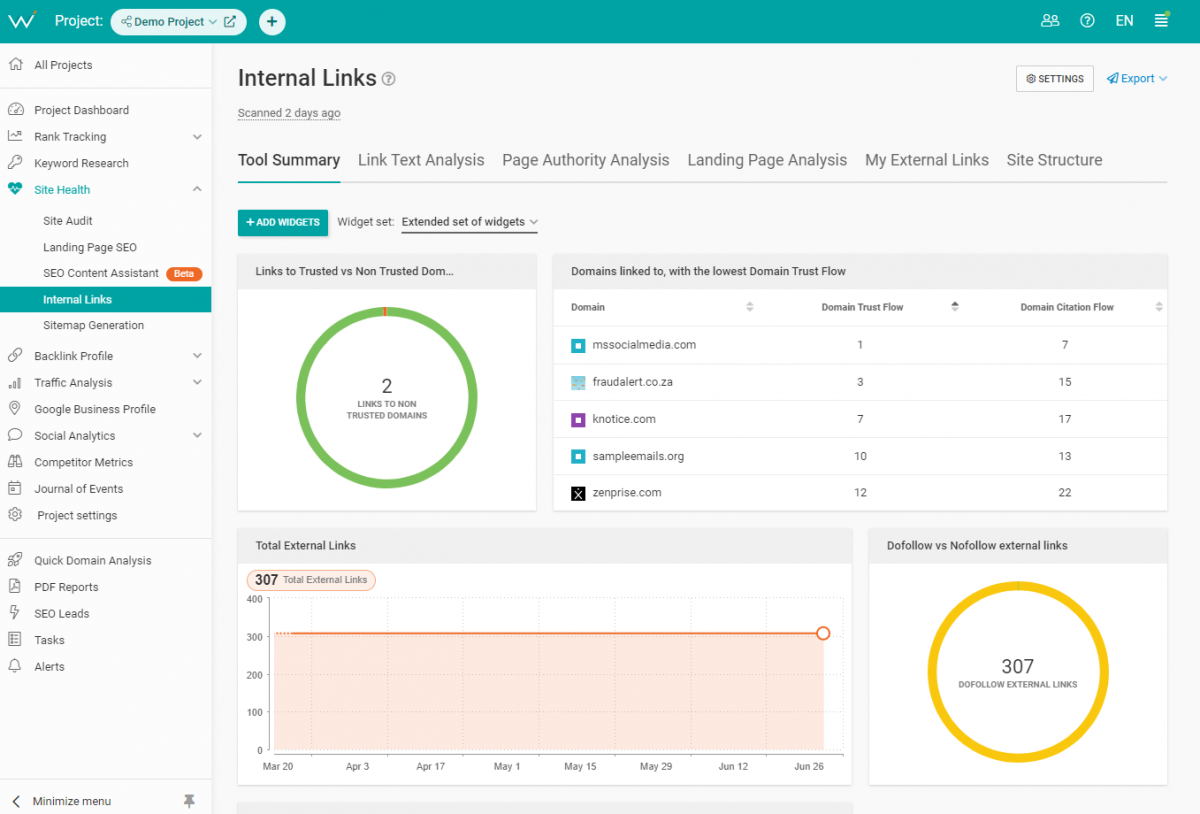
…and My Backlinks reports for the latter.
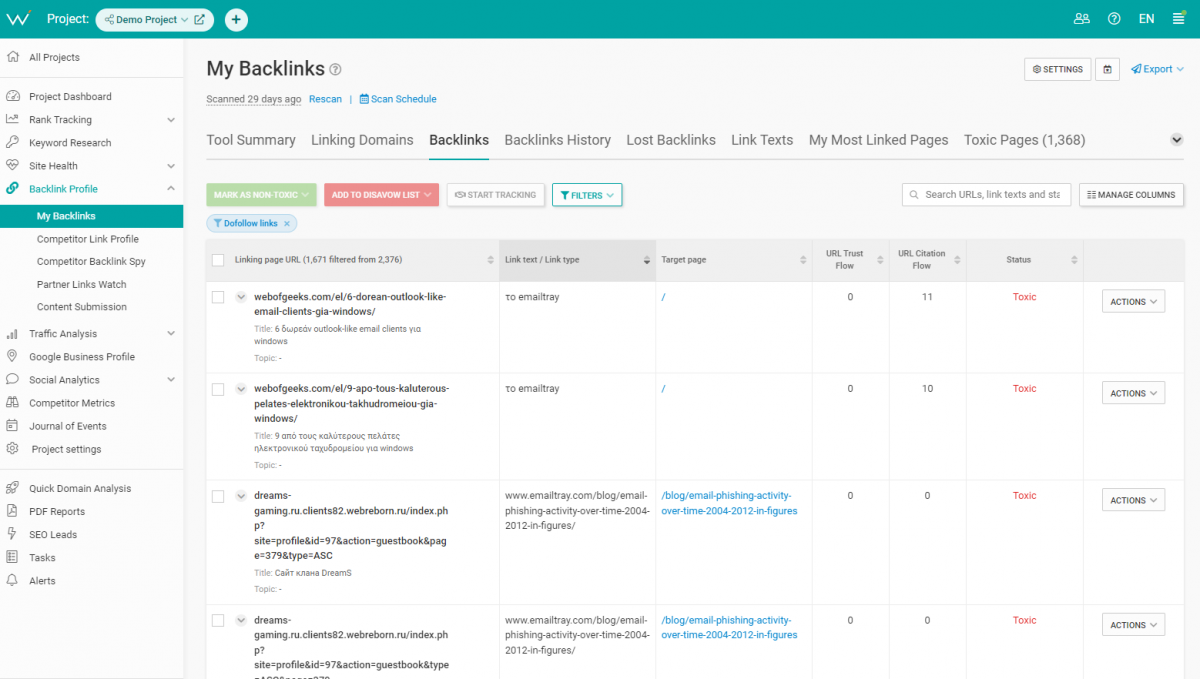
Successfully Launch Your B2B SEO Campaign!
Take this guide and zero in on your ideal customer to create a truly winning SEO B2B campaign. Leave no stone unturned in the pursuit of targeted, organic traffic.
